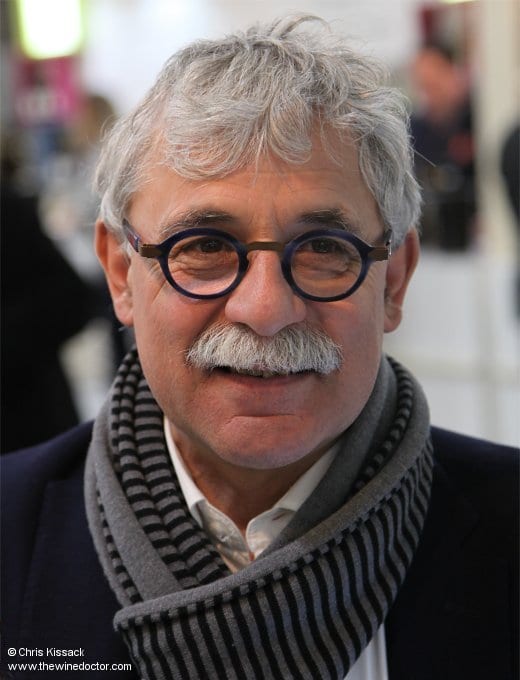Domaine de Noiré
Historical references to Château Noiré and its vineyards are, despite the visual appeal of the diminutive château, and the high quality of the vineyards situated on the limestone côtes to the east of the town of Chinon, not easy to come by. It is for this reason we must be thankful to Pierre Bréjoux, author and onetime Inspecteur Général of the Institut National des Appellations d’Origine (INAO), who seems to have held the estate in high regard. Writing in Les Vins de Loire (Parisienne d’Editions Techniques et Commerciales, 1956), Bréjoux listed the most renowned of the appellation’s crus, as follows:
“Château la Grille, Château Noiré, clos Testu, les Quinquenets, Saint-Louans, la Rochelle, clos du Pin, clos du Parc, les Bruneau, les Aubuis, les Closeaux, Saint-Jean, Repos de Saint-Martin, l’Olive, clos de l’Echo et du Palis”
Some of these names will be immediately familiar, in particular several lieux-dits which are today in the hands of Couly-Dutheil and Baudry-Dutour, while others hint at the presence of certain soil types, such as aubuis, or trees, such as le pin. The one that jumps out in the context of this domaine, however, is Château Noiré. Sadly, Bréjoux did not see fit to provide us with any further detail, preferring instead to wax lyrical on the wines of Azay-le-Rideau and Amboise. This is a great shame, because in more recent texts the estate all but disappeared. By the time Suzanne Blanchet was writing Les Vins du Val de Loire (Éditions Jema SA, 1982), just a few decades later, the estate did not even warrant a mention.

Please log in to continue reading:
